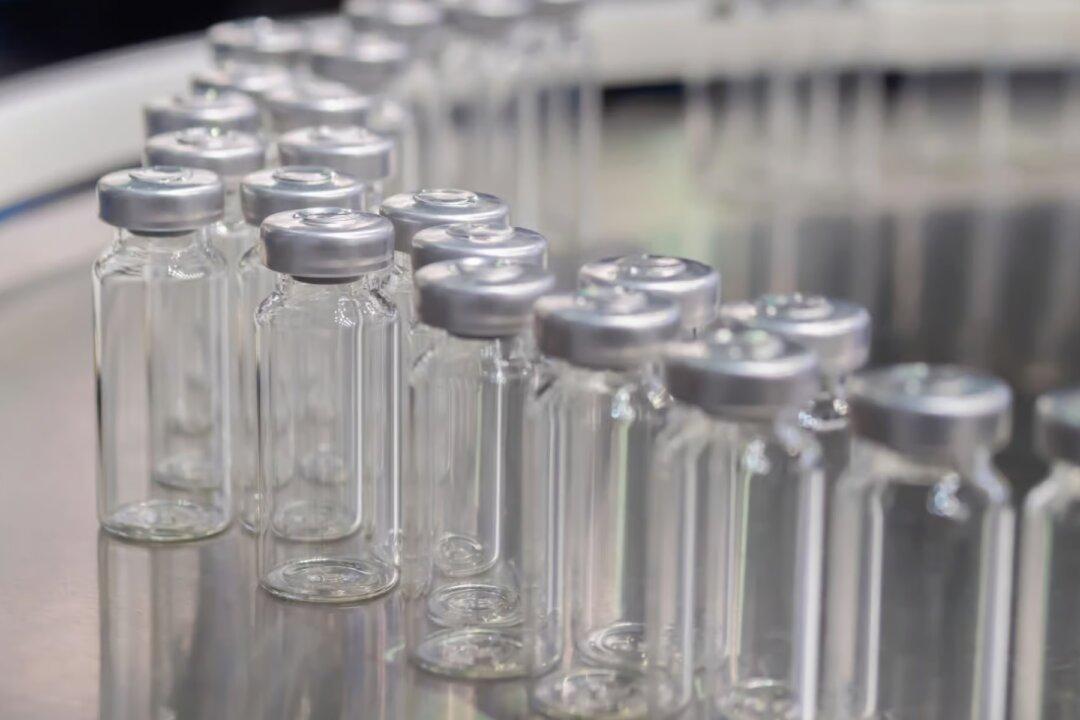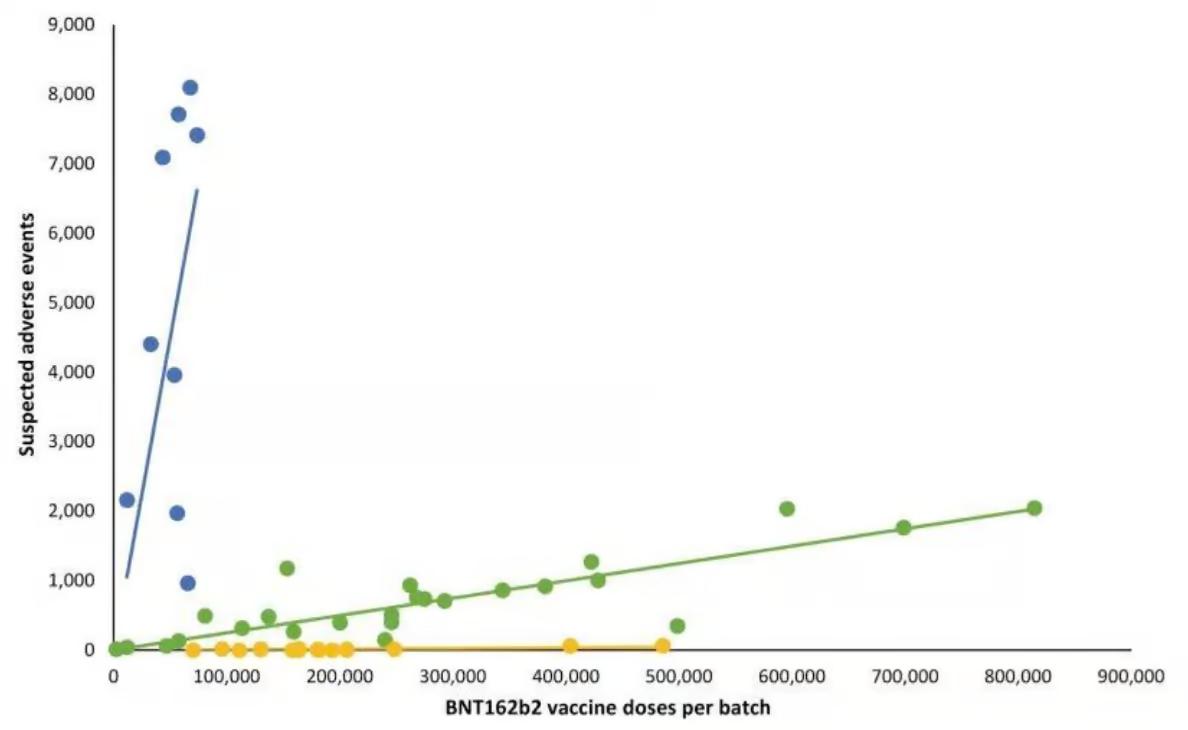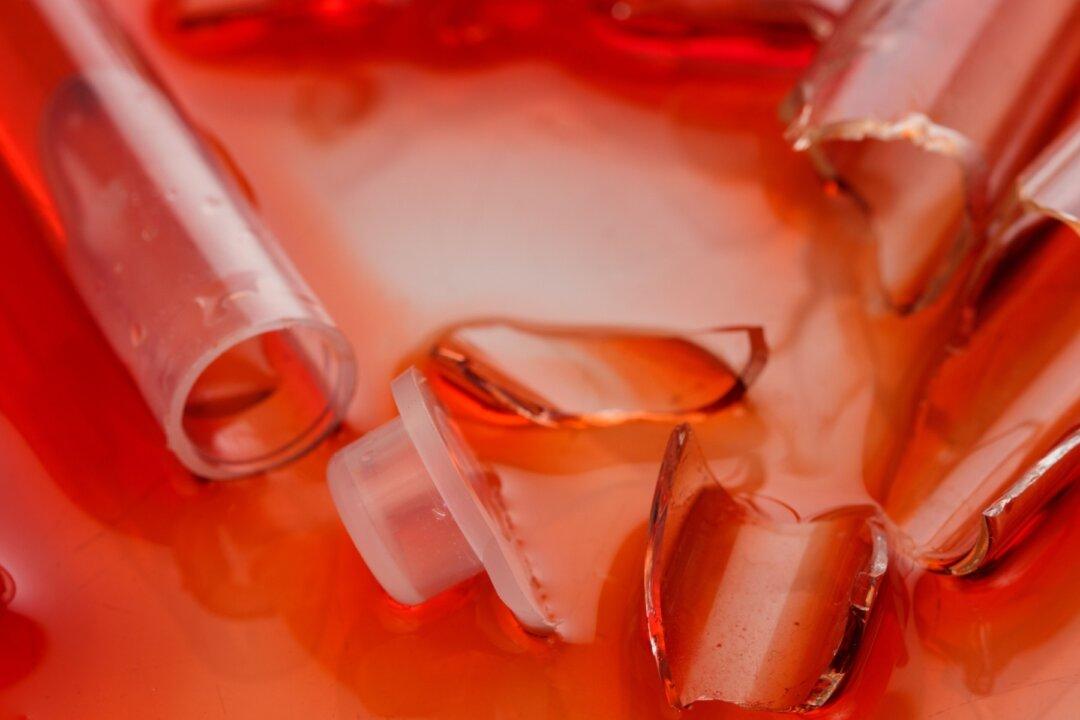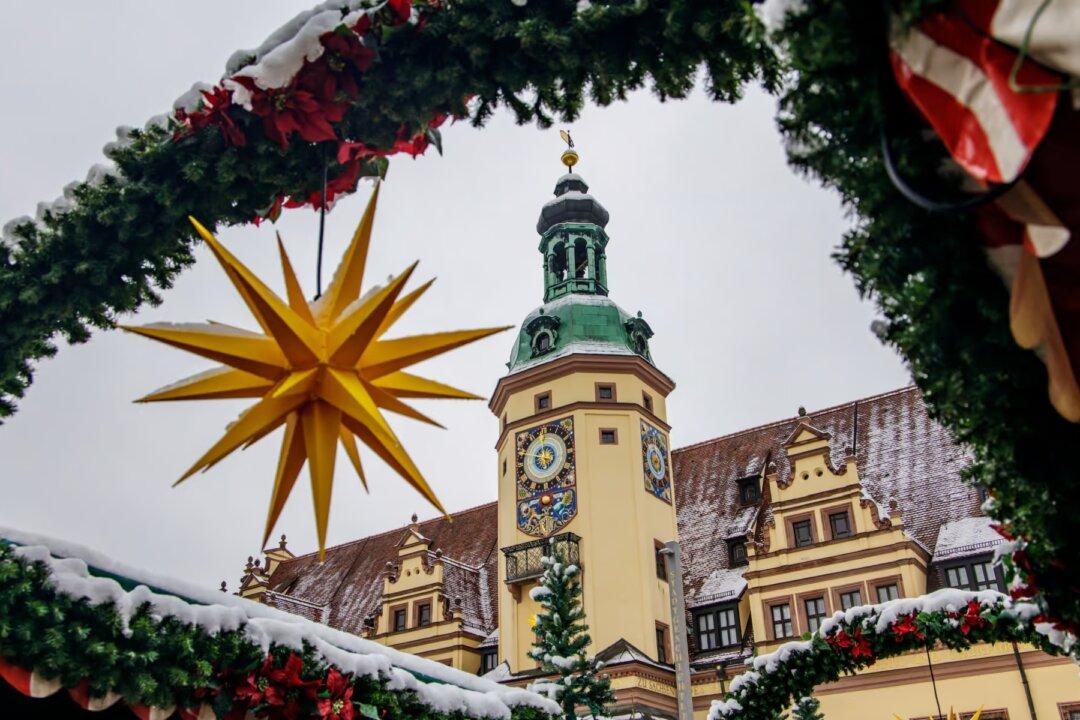Commentary
As my
Pfizer-BioNTech “placebo” report from last July has for some reason just gone viral again, this is a good time to address an important detail which I did not cover in the original report and which was neglected in the, sometimes heated, discussion which followed. “Placebo” does not necessarily mean saline solution. Placebo in this context could just as well mean “no mRNA:” i.e., a solution containing all the ingredients of the drug except the mRNA which is supposed to be packed into the lipid nanoparticles which serve as delivery system in the BioNTech platform. The lipids are empty: they have nothing to deliver. The “active drug substance,” the mRNA, is missing.
Although they did not come right out and say it, this appears in fact to be what the German chemistry professors whom I was citing had in mind. The focus of my report was not the now famous Danish batch variability study, which found that different batches of the Pfizer-BioNTech vaccine were associated with wildly different levels of toxicity, breaking down into three large “blue,” “green,” and “yellow” groups, as represented in the below graph.
The focus of my report was the discovery by the German professors that all but one of the “yellow” batches, which are almost entirely innocuous per the Danish data, had not been subject to quality control testing by the agency responsible for batch release throughout the EU: namely, Germany’s own Paul Ehrlich Institute (PEI).
As Prof. Gerald Dyker noted in
an interview with the German journalist Milena Preradovic, this lends support to the suspicion that the yellow batches are “something like placebos,” i.e., as if the PEI knew in advance that the batches were harmless and hence did not need testing. All the (highly toxic) “blue” batches were tested and so too were the great majority of the (somewhat toxic) “green” ones.
But in the interview, Prof. Dyker then went on to say something else:
“Moreover, this is perhaps also a piece of information which is very interesting for listeners. By ‘placebos,’ we think of saline solution in the case of injections and sugar pills in the case of any kind of tablets. [But a]ccording to recent EU law ... placebos may also contain all excipients. Only the actual active substance must be missing. And this would mean in this case that everything can be put in. Nanoparticle formulation is definitely allowed. Only the modified RNA must be missing then.”
So, could the famous “yellow” batches in the Danish study have contained everything but the mRNA?
The original publication of my article provoked furious attempts to “debunk” the placebo hypothesis. These focused, on the one hand, on the claim that the “yellow” batches were in fact associated with a higher rate of adverse events than the Danish study suggests and, on the other, on the claim that the Danish data is age-confounded. As I have shown
here, both of these objections, on closer inspection of the arguments and the data, clearly fail.
The “debunkings,” on the other hand, completely ignored the damning correlation between the almost harmless “yellow” batches and the batches which the PEI, as the batch release authority, failed to test. But supposing the “yellow” batches did in fact provoke some amount of adverse events greater than what could be expected from purely psychogenic reactions to a saline shot, this could, of course, be explained by the excipients. After all, the lipid nanoparticles themselves are known to be associated with toxicities. Even empty lipids would give rise to some adverse reactions.
The possibility that the “yellow” batches contained everything but the mRNA suggests collusion, more specifically, between the German regulator, the PEI, and the German firm BioNTech. (For specific reasons why such collusion would not be surprising, see my article
here.) BioNTech is the developer and owner of the mRNA platform used in the Pfizer-BioNTech shot and, unlike in the United States, it is supposed, working with subcontractors, to have supplied all the mRNA used in EU supply itself.
This is clear from the details of the unredacted version of the Advanced Purchase Agreement (APA) concluded between the European Commission and the Pfizer-BioNTech consortium. Section I.6.3 of the APA, which is available
here, reads:
“Vaccine supply in Europe will primarily come from Pfizer’s manufacturing site in Puurs, Belgium and shall incorporate RNA produced at BioNTech controlled manufacturing sites including sites operated by the following sub-contractors in Germany ...”
But after naming the subcontractors, the relevant section of the APA then goes on to specify:
“... however the Contractor may manufacture at and supply from facilities outside Europe, where appropriate to hasten supply ...”
The reason for this exception was the well-known bottlenecks affecting the Pfizer-BioNTech EU supply at the outset, due to the fact that BioNTech was only able to complete purchase of its first-ever large-scale
manufacturing facility in Marburg upon receipt of authorization. “Facilities outside Europe” undoubtedly refers to Pfizer’s manufacturing facility in Andover, Massachusetts, where Pfizer manufactures mRNA under license from BioNTech.
We now know that the highly-toxic “blue” batches in the Danish study were rolled out first, the somewhat toxic “green” batches subsequently, and the almost harmless “yellow” batches last. So, could the “blue” batches contain mRNA from the Pfizer-Andover facility, the “green” batches mRNA—perhaps at a lower dosage or altered in some other way—from the BioNTech-Marburg facility, and the “yellow” batches no mRNA at all?
This raises an additional question in turn: Does U.S. supply display a similar chronological pattern of declining batch toxicity? Or has the toxicity of the U.S. supply, containing mRNA from Pfizer-Andover, remained constant over time?
Views expressed in this article are opinions of the author and do not necessarily reflect the views of The Epoch Times.







